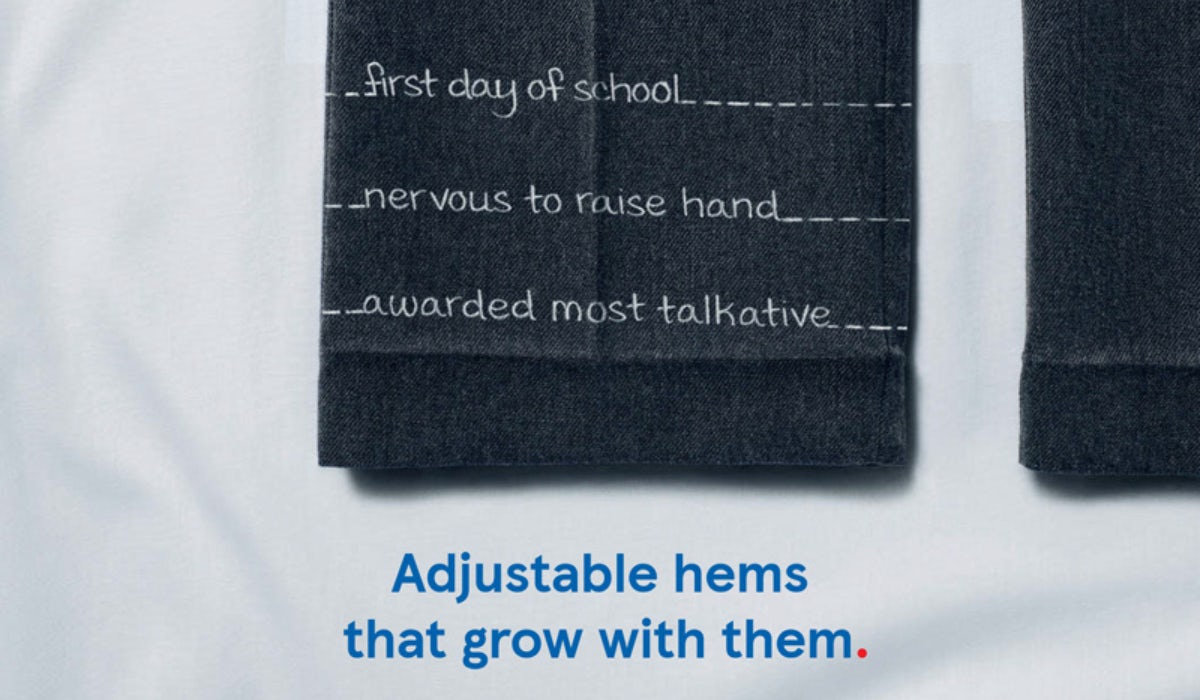A newspaper ad for the retailer landed in the top 6% of all UK ads for “branding”, making it the most effective ad in the latest edition of Kantar’s ‘The Works’ study.
While the halcyon days of print are behind it, the channel still holds relevance and trust with those consumers who still use it, particularly as when attention is won through the channel, it tends to stay won for longer.
Print, then, can still play a role in the media mix, particularly for brands with distinctive assets.
Readers are in complete control of what they pay attention to in a newspaper and how long they dwell on any given feature or print ad, according to Lynne Deason, Kantar’s head of creative excellence.
While the halcyon days of print are behind it, the channel still holds relevance and trust with those consumers who still use it, particularly as when attention is won through the channel, it tends to stay won for longer.
Print, then, can still play a role in the media mix, particularly for brands with distinctive assets.
Readers are in complete control of what they pay attention to in a newspaper and how long they dwell on any given feature or print ad, according to Lynne Deason, Kantar’s head of creative excellence.
“To stand any chance of being effective, ads must stop people in their tracks and hook them in,” she explains.Tesco wins Channel 4’s 2025 Diversity in Advertising award
Tesco’s print ad ‘Adjustable hems that grow with them’ is an example of this. The campaign ranked in the top 20% of UK ads for its ability to make people stop and look, according to Kantar’s latest ‘The Works’ study.
Produced in association with Marketing Week and the Advertising Association’s Trust Working Group, The Works asks 750 consumers to give their thoughts on the top ads over the period, this time looking at newspaper ads.
Tesco’s ad is a “powerful demonstration” of an advert that “springboards from the truth”, according to Deason.
“It’s a hook that draws them in and makes them feel something. In this specific ad it works particularly effectively because it connects intrinsically and uniquely to the product and brand featured,” she says.‘A blank sheet of paper’: Tesco’s marketing boss on the power of ‘restless’ leadership
The ad depicts a pair of children’s trousers with multiple hemlines, marking important milestones such as the first day of school. Created by BBH London, the ad was part of the brand’s 2025 back-to-school push.
Kantar’s analysis shows the writing on the hems draws initial attention, followed by the price message, both contributing to strong likeability (top 10%) and distinctiveness (top 5%).
Ads that evoke strong emotions not only capture attention but also drive long-term brand demand and engagement. Tesco’s ad ranks in the top 3% of UK campaigns for fostering brand affinity and in the top 9% for demonstrating that the brand meets customer needs.
By highlighting both emotional and practical value – trousers that grow with the child and offer good quality at an affordable price – the ad reinforces Tesco’s brand promise that ‘Every Little Helps’, says Deason.
Kantar’eye-tracking analysis demonstrates where people looked first. Source: Kantar
Eye-tracking data also shows the Tesco brand itself draws significant attention, with its tagline neatly reinforcing the ad’s message. The campaign ranks in the top 6% of UK print ads for branding.
Consumer feedback backs this up, with comments such as “quality product with an affordable price” and “simple and really shows the quality of Tesco”.
Although print ads can’t target specific consumers, Kantar’s research suggests Tesco’s message resonated broadly, even among those not currently in the market for school uniforms.
While it didn’t prompt immediate purchase intent among non-parents, it still boosted positive perceptions of the brand.
Ultimately, the ad brings to life Tesco’s understanding of everyday families, communicating that it offers affordable, quality clothing in a way that connects emotionally.
The campaign ranks in the top 9% of UK ads for its potential to deliver long-term brand impact.
